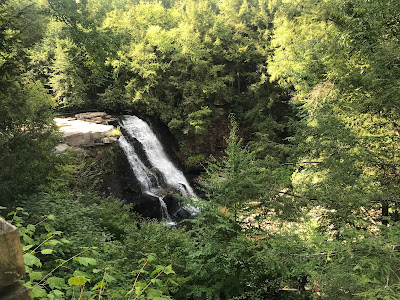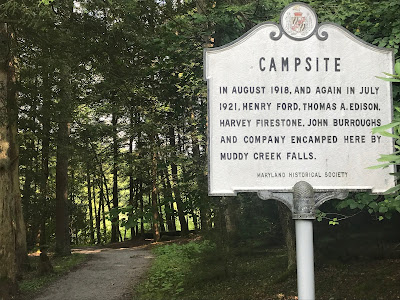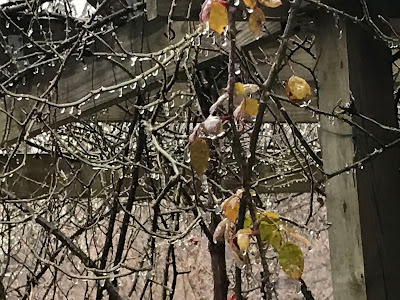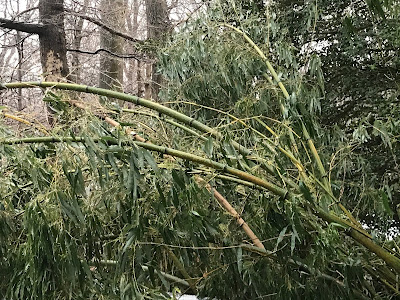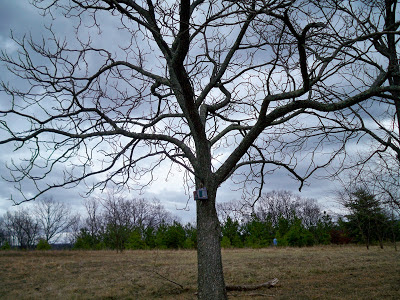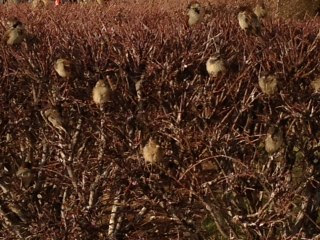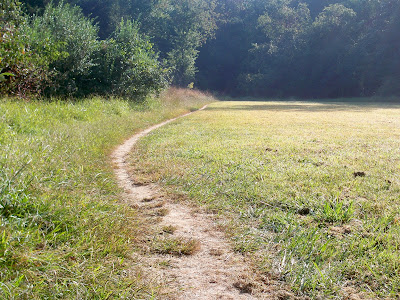We received word late yesterday that the earliest the U.S.-based employees in my organization (which is most of us) will return to the office is April 1, 2021. By then, it will have been a full year of remote work.
As it stands now, we are well into our eighth month. Almost long enough to make a baby. In fact, here’s a thought: infants conceived at the beginning of the pandemic will soon be out in the world. The Quarantine Generation. Gen Q?
What else has been gestating? Fear and confusion, to be sure. Divisiveness, absolutely. But also, as many have noted, a renewed closeness with the natural world.
What I was trying to get at yesterday, but didn’t quite, is that the outside office, my “deck desk,” is not just a bucolic retreat; it’s at the mercy of the elements. I’ve dashed inside to avoid raindrops, wrapped up in a blanket to withstand the cold. And soon, perhaps even today (I’m writing this an evening ahead), I will be forced inside.
Being more attuned to the natural world is instructive, though; through it, we can better understand what the pandemic is so rudely teaching us: that we are not in charge. That can be ugly, true. But it can also be beautiful.


